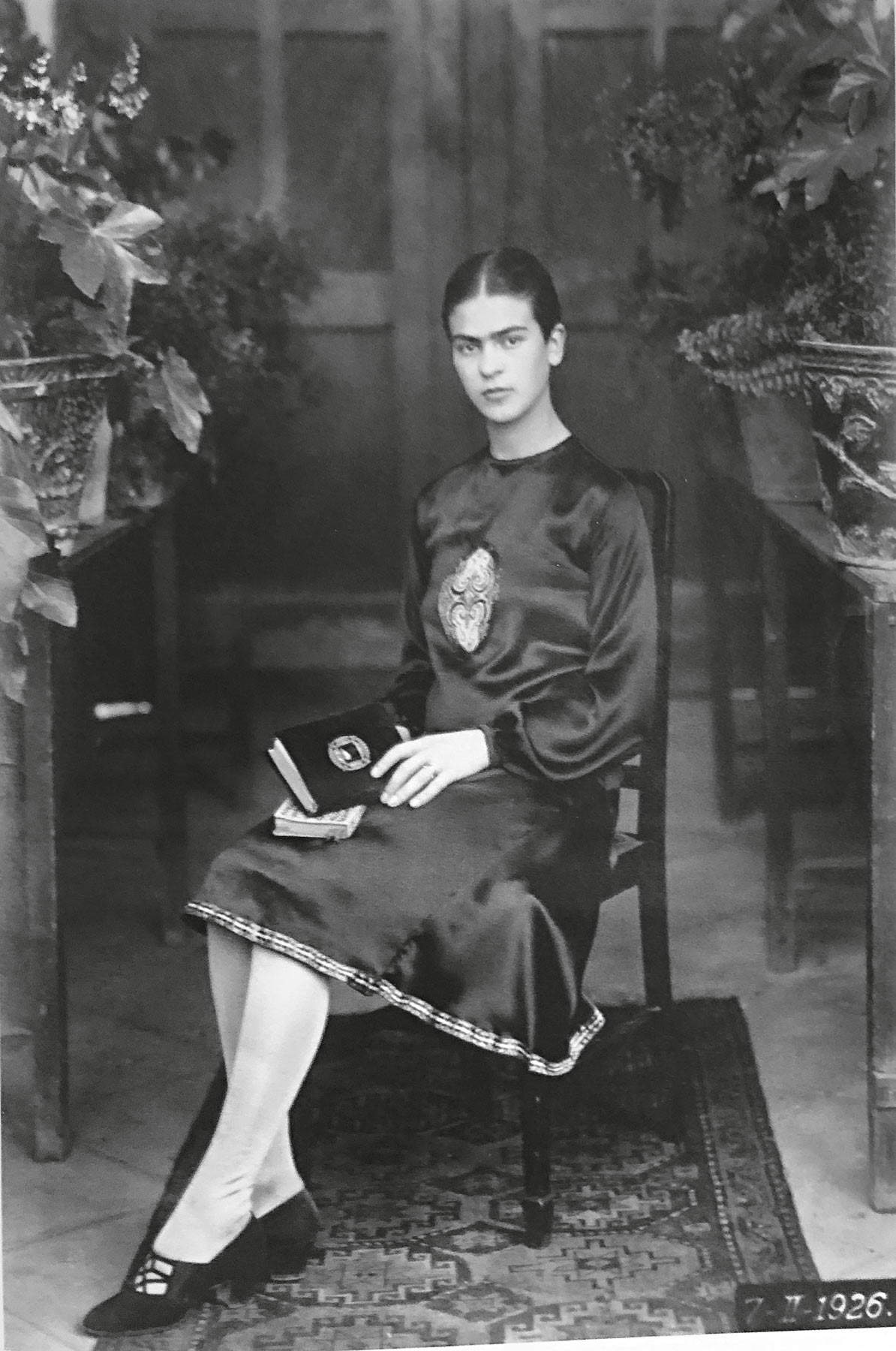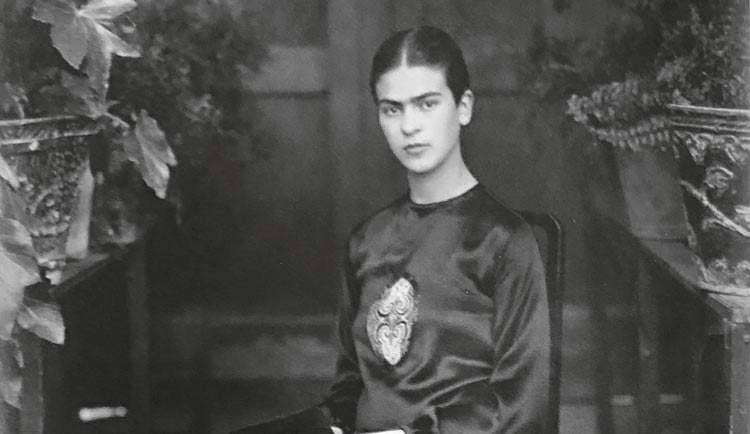Ancona, a major exhibition on the photographers who chronicled Frida Kahlo
The Mole Vanvitelliana in Ancona is hosting, from February 27 to May 22, 2022, the exhibition Frida Kahlo. A Life in Pictures, an exhibition promoted by the City of Ancona, Department of Culture and organized by Civita Exhibitions and Museums with Diffusione Italia International Group. Through about a hundred photographs, most of them original, the exhibition reconstructs the events of Frida Kahlo’s countercultural life, in search of the motivations that turned her into an international female and pop icon. In fact, the photos were taken by her father Guillermo during his daughter’s childhood and youth and then by some of the greatest photographers of her era-Leo Matiz, Imogen Cunninghan, Edward Weston, Lucienne Bloch, Bernard Silbertein, Manuel and Lola Alvarez Bravo, Nickolas Muray and others. This extraordinary “photo album” chases the often painful but always passionate events of a life, as well as Frida’s loves, friendships and adventures. A group of very intimate small photographs of Frida, taken by gallery owner Julien Levy, are also on display in the exhibition.
The exhibition itinerary aims to reconstruct first of all the context in which her personality was established: it is the Mexico of the early 20th century, traversed by a revolution that changed its history, thanks to humble campesinos and heroic protagonists such as Pancho Villa and Emiliano Zapata. The epic and myth of the Mexican revolution would remain etched in Frida’s mind and shape her indomitable character, fueling her sense of rebellion against bourgeois conventions and the impositions of a highly masculinist society. Against this backdrop are the events of the Kahlo family. Guillermo, the father, is a professional photographer of German origin who came to Mexico in 1891 and soon fell in love with the country that welcomed him. His activity is evidenced by a number of photographs taken on behalf of the Austrian government to document the churches in Mexico erected during the colonial period.
Lastly, the exhibition displays some documents such as the original catalog of Frida’s exhibition organized by André Breton in Paris, the first “manifesto of revolutionary painting” signed by Breton and Rivera, a photographic documentation of her famous Casa Azul, some lithographs by Rufino Tamayo, and a large painting made by Chinese painter Xu De Qi reproducing Las Dos Frida. The exhibition closes with a video that brings together the few filmed images of the great Mexican artist.

“An exhibition,” stresses Valeria Mancinelli, mayor of Ancona, “brings together the works of great photographers who, over time, immortalized Frida Kahlo, in fact consigning her entire life to the history of photography, as well as art. This would be enough to welcome with pride and affection the exhibition in the noble halls of our Mole. But many other things induce me to express my joy for this exhibition here. The place where we host it, first of all, a Mole that has proven to be an engine of art, culture and possibility stronger than the pandemic itself, that has continued to produce and program, and to host workshops with lots and lots of young people. The time in which we host it: a difficult time, one that threatens to disabuse us of art and culture and to which we must respond, instead, by guaranteeing art and culture as public services, as rights and not mere opportunities for entertainment. But above all, the opportunity to follow in images the vicissitudes of a special woman, one of the greatest female figures of the 20th century, capable of etching herself into the imagination of successive generations and thus emancipating them.”
“It’s a special year for photography and art in Ancona,” stresses Paolo Marasca, city councilor for culture of the City of Ancona. “The exhibition, which tells through the shots of great photographers the life of Frida Kahlo, testifies to the Mole’s ability to host events and engage audiences using different codes, even simultaneously. Thus, this first part of the year sees two different major exhibition events, the Frida Kahlo exhibition and the Terra Sacra exhibition, united by a search for quality, national scope, art that straddles the twentieth century and the contemporary.”
“Although before she died she had written in her diary, ’I hope the exit is joyful and I hope never to return,’ Frida Kahlo has returned with us to the point of becoming almost the object of an international cult, an icon of feminism, but also of multiculturalism,” says Alberto Rossetti, president Civita Exhibitions and Museums. "This extraordinary popularity of hers also generated a commercial phenomenon, made of jewelry, dolls, textiles and even furniture. In the catalog of the major 2018 exhibition at Mudec in Mlano, Hayden Herrera argues that Frida ’would have appreciated all this attention’ because ’she painted self-portraits to extend her presence in the world, to put herself in people’s heads.’ But even if one were to look less benevolently at ’fridamania,’ the high road is always to go back to the source, to the works and her biography. This exhibition intends to retrace her biographical story thanks to the extraordinary opportunity to make the journey through the lens of great photographers, with some of whom Frida also had a sentimental relationship, to be framed in the turbulent relationship with Diego Rivera, made up of passions and mutual betrayals. However, the relationship with photography is central to Frida, born even in childhood alongside her father, an accomplished professional photographer. From posing in front of her father’s lens to self-portraiture there is a direct transition that enhances her figure as a paradigm of her life and art."
 |
| Ancona, a major exhibition on the photographers who chronicled Frida Kahlo |
Warning: the translation into English of the original Italian article was created using automatic tools. We undertake to review all articles, but we do not guarantee the total absence of inaccuracies in the translation due to the program. You can find the original by clicking on the ITA button. If you find any mistake,please contact us.




























